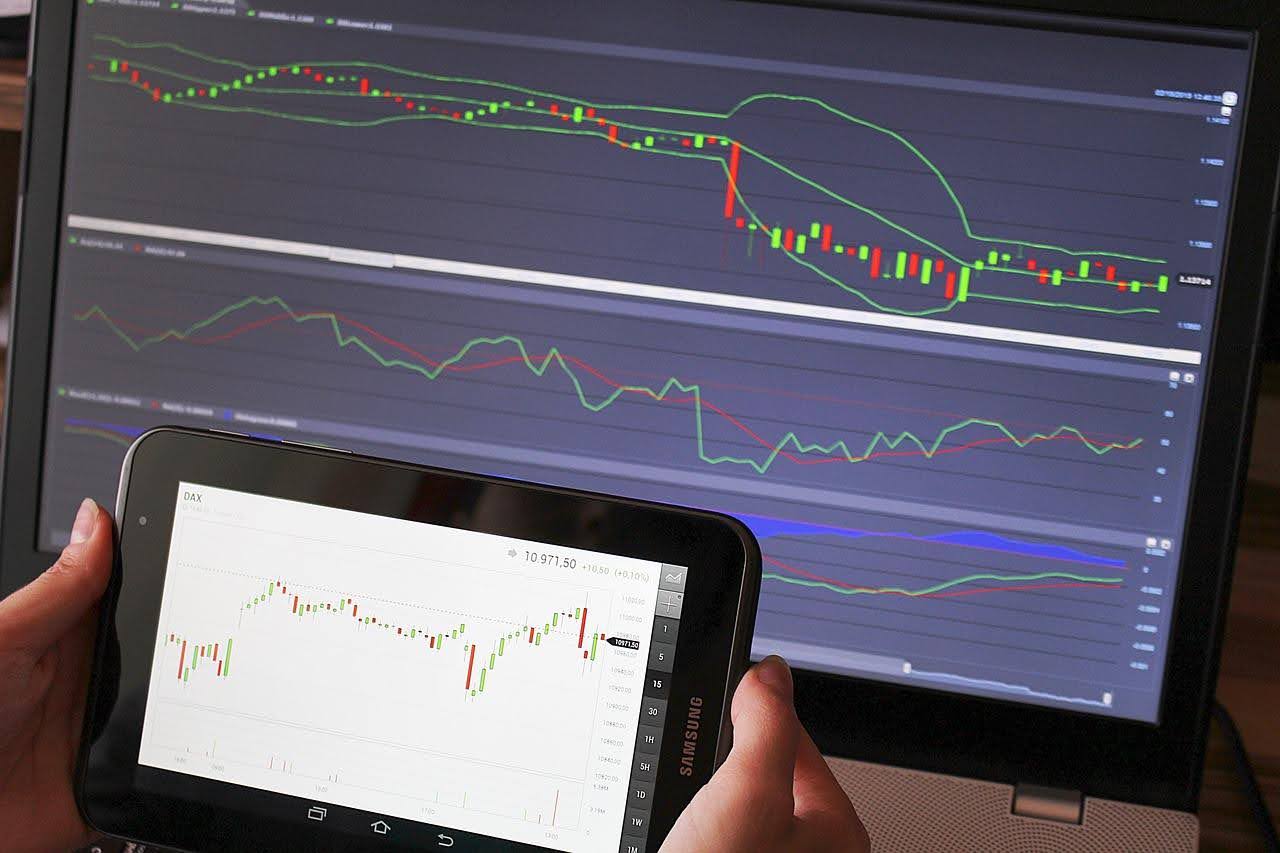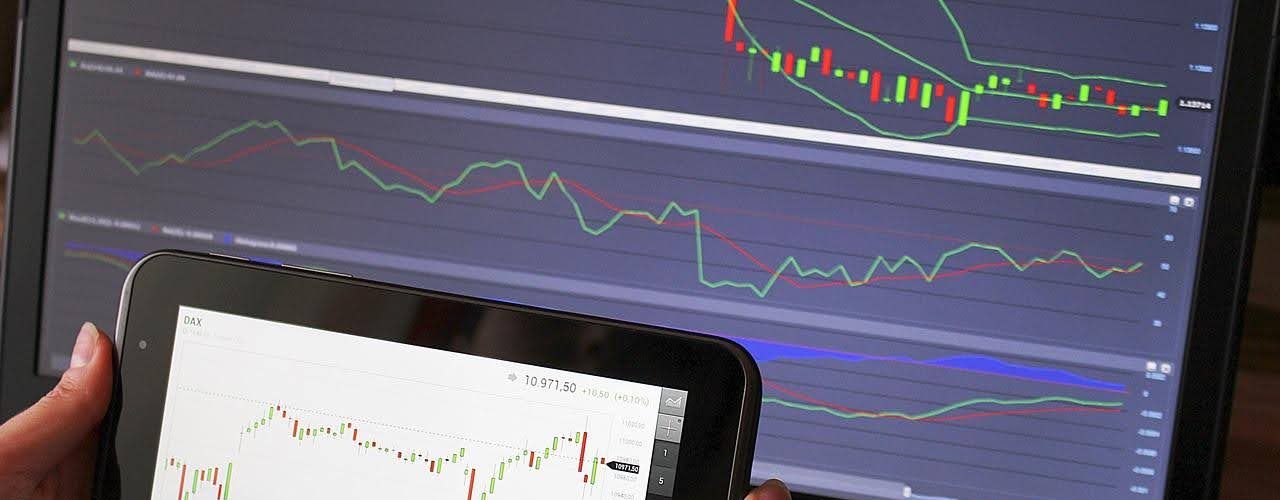The growth of retail and institutional trading in Malaysia has been nothing short of remarkable over the past decade. Today, both experienced and emerging market participants frequently turn their attention to global indices for new opportunities, with the us30 (also known as the Dow Jones Industrial Average) being one of the most popular benchmarks to watch.
Although Malaysian traders primarily look to Bursa Malaysia for local equity positions, there is a growing interest in offshore investments that can offer diversification and exposure to the world’s largest economy.
In this article, we will examine the role of quantitative risk models and market breadth indicators in analyzing US30 movements, and explore why these methodologies are particularly relevant to the Malaysian trading community.
Understanding the Significance of the US30 for Malaysian Traders
The US30 represents 30 of the largest and most influential companies in the United States, and its performance can often serve as a barometer for global market sentiment. For Malaysian traders, the allure lies in its relatively stable yet historically robust track record. Major market catalysts—such as Federal Reserve policy changes, macroeconomic data releases, and significant corporate earnings—can trigger volatility in the US30, presenting both opportunities and challenges.
From a Malaysian perspective, investing or trading in the US30 can also serve as a hedge against local market fluctuations. When domestic equities face headwinds, exposure to the US30 may provide a source of diversification, assuming broader economic conditions in the United States differ from those in Malaysia. However, navigating these trades effectively requires a deep understanding of risk and volatility. This is where quantitative risk models play a crucial role.

The Rationale Behind Quantitative Risk Models
Quantitative risk models use statistical tools to forecast potential losses, helping traders stay informed about the underlying volatility and manage their positions accordingly. For advanced forex traders in Malaysia—who often operate in a landscape shaped by local currency considerations—having a structured approach to risk is vital.
Value at Risk (VaR): One widely adopted model is Value at Risk (VaR), which estimates the maximum potential loss of a portfolio or single position (such as a US30 derivative) over a specific timeframe, at a given confidence level. For example, a VaR analysis might tell a trader that there is a 5% probability their US30 position could incur losses exceeding a certain amount in the next day or week.
Expected Shortfall (ES): Another metric, known as Expected Shortfall (ES) or Conditional Value at Risk, takes VaR a step further by calculating the average loss during the worst-case scenarios. This tool provides a more comprehensive insight into tail risk—an important factor to consider when the market exhibits sudden volatility spikes due to events like interest rate announcements in the United States or unanticipated global crises.
Monte Carlo Simulations: Traders may also use Monte Carlo simulations to run numerous hypothetical scenarios and stress-test US30 positions under various market conditions. By understanding how their positions might fare under extreme circumstances, Malaysian traders can set appropriate stop-loss levels and collateral requirements.
Quantitative risk models become even more relevant when viewed alongside Malaysia’s economic environment. Fluctuations in the ringgit relative to the US dollar can influence the effective value of a US30 position. By quantifying potential losses in both currencies, traders in Malaysia can build robust hedging strategies and manage exchange rate risks more effectively.
The Role of Market Breadth Indicators
Market breadth indicators offer another powerful dimension to analyzing US30 movements. Rather than solely focusing on price levels, these indicators evaluate the market’s overall health by measuring the proportion of stocks participating in an uptrend or downtrend. For Malaysian traders looking at offshore indices, market breadth can signal whether momentum is concentrated in a few large-cap stocks or broadly supported by a wide array of companies.
Advance-Decline Line (A/D Line): This indicator tracks the cumulative difference between advancing and declining stocks. A rising A/D line typically indicates strong market participation—something that can bolster confidence in long positions on the US30. If the A/D line diverges from the index, however, it may signal weakening momentum, cautioning traders that a reversal could be on the horizon.
McClellan Oscillator: The McClellan Oscillator is a breadth-based momentum indicator that uses the daily advancing and declining stocks on an exchange to measure market strength or weakness. An overbought reading might suggest that bullish pressure is waning, while an oversold reading hints at a potential short-term bounce. For Malaysian traders, understanding these subtle shifts is crucial, as the dynamics of U.S. trading hours typically do not overlap with Bursa Malaysia’s trading session. One must be prepared to adjust strategies after hours or in the early morning to account for overnight developments in New York.
CBOE Volatility Index (VIX) Correlations: Though not a breadth indicator per se, the VIX offers insights into the market’s volatility expectations and can be used in conjunction with breadth indicators to gauge risk appetite. When the VIX spikes, it often correlates with a decrease in market breadth, signifying that fewer stocks are driving market movements, and broader participation is waning. Such signals can be especially important for Malaysian traders, as they may wish to protect profits or initiate hedges to manage overnight gap risks.
Applying These Models to Enhance Decision-Making
For advanced traders in Malaysia, combining quantitative risk models with market breadth indicators can provide a multi-layered perspective on the US30. By gaining clarity on both the potential volatility (via VaR, ES, or Monte Carlo simulations) and the breadth of market participation (via A/D lines, McClellan Oscillator, or VIX correlations), one can make more informed decisions on entry, exit, and position sizing.
Identifying Overextended Markets: A scenario where quantitative risk models show high possible drawdowns and breadth indicators point to a narrowing rally—where only a handful of stocks push the index higher—can suggest that the US30 is overextended. This might motivate a cautious stance, perhaps prompting traders to reduce exposure or employ tighter stop-loss levels.
Capitalizing on Strong Trends: Conversely, if the VaR models indicate relatively stable risk and breadth indicators show broad participation, it may suggest a strong, sustainable uptrend. In this environment, Malaysian traders could choose to increase position sizes, aiming to capitalize on momentum while still using risk models to plan for contingencies.
Hedging Currency and Overnight Risks: Since the Malaysian ringgit can fluctuate against the US dollar, robust hedging strategies become vital. Traders could use currency pairs (like USD/MYR) to offset potential exchange rate losses, especially if expecting extended holding periods in US30 positions. Overnight risk management is also critical because U.S. markets close in the early hours of the Malaysian morning. Tools like trailing stop-loss orders or contingent orders can help limit adverse moves while you sleep.
Contextualizing the Malaysian Trading Environment
Malaysia’s regulatory framework and brokerage services have evolved significantly, offering advanced traders a range of platforms and financial instruments for US market access. As technology continues to improve, many local brokers now provide real-time data feeds for U.S. indices, making it easier to apply quantitative models and track market breadth in near real-time.
Yet it is important to note that Malaysian traders often juggle multiple considerations—from local corporate earnings and political developments to global macro themes and ringgit exchange rate trends. In this sense, adopting a structured and data-driven methodology helps cut through noise and emotional biases, improving the likelihood of consistent success in US30 trades.
Moreover, the rise of proprietary trading firms and algorithmic trading in Kuala Lumpur and other Malaysian financial hubs has accelerated demand for sophisticated market analysis tools. Quantitative risk models enable these firms to automate position sizing and risk controls, while breadth indicators feed into algorithms designed to detect early signs of trend reversals or breakouts. Such setups were previously confined to major international trading centers but are now increasingly common within Malaysia’s growing fintech ecosystem.
Looking Ahead: Preparing for Future Volatility
As the global economic landscape remains fluid, with geopolitical developments, changes in U.S. monetary policy, and fluctuations in global supply chains, Malaysian traders should expect continued volatility in the US30. The best way to navigate these conditions is to remain vigilant and adaptable, armed with both quantitative assessments of risk and qualitative market breadth cues.
One strategic approach is to regularly review and adjust risk models, ensuring that VaR thresholds and stress tests remain relevant to changing market conditions. Simultaneously, monitoring market breadth helps traders confirm whether price movements on the US30 are driven by broad-based participation or a narrow set of influential stocks. Combined, these tools can help identify trend exhaustion, confirm the strength of rally phases, and support timely decisions to either scale up or reduce exposure.
Ultimately, the ability to interpret quantitative data and breadth readings can differentiate a successful US30 strategy from one that is caught off-guard by sudden market swings. As the Malaysian trading community continues to expand its global outlook, adopting sophisticated analytical approaches will become the norm rather than the exception.
Conclusion
The us30 remains a key gauge of international market health and investor sentiment, and Malaysian traders are increasingly looking to it for diversification and trading opportunities. By coupling quantitative risk models—such as VaR, Expected Shortfall, and Monte Carlo simulations—with market breadth indicators like the Advance-Decline Line and the McClellan Oscillator, one can gain a more holistic understanding of where the US30 stands at any given time.
This dual-layered approach is particularly valuable in Malaysia, where forex dynamics, overnight risk, and technology-driven trading are shaping the future of market participation. Armed with this knowledge, advanced traders in Malaysia can position themselves to navigate the highs and lows of the US30 with confidence, turning market fluctuations into well-calculated opportunities.












Add comment